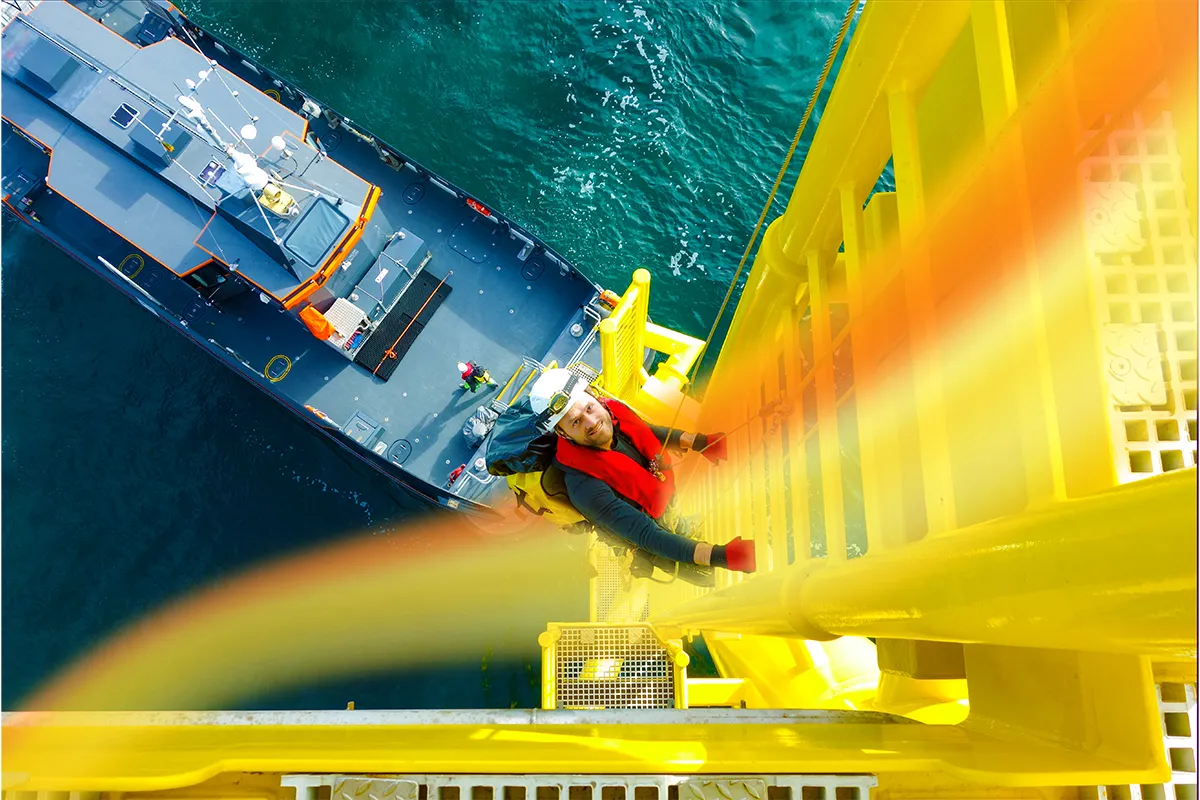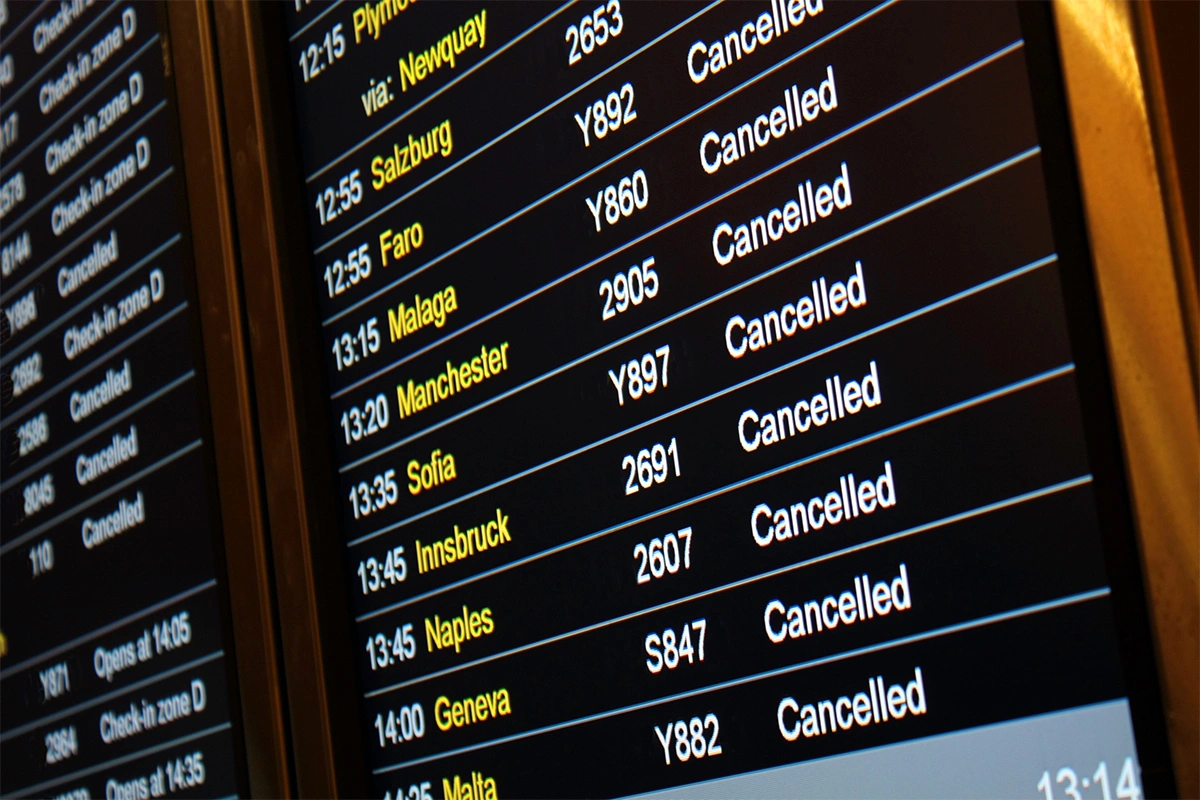Knowledge Exchange: Rethinking rail budgets – how to take control of rising travel costs
Dive into our latest Knowledge Exchange, focusing on how organisations can rethink their rail budgets.

Article Contributors

With rail fares rising by 4.6% this year, many organisations are understandably re-evaluating how rail travel fits into their wider cost management strategies. But rather than treating it as an unavoidable increase, this presents a chance to take a more strategic approach – one that balances cost control with smarter buying behaviours, sustainability goals and traveller wellbeing.
In our latest Knowledge Exchange, we explored exactly that. So, what does strategic rail cost budgeting actually look like in practice?
Understand the true impact, and where you can influence it
While 4.6% may sound like a familiar fare increase, the broader impact on travel budgets can be significant – especially for organisations with high rail usage. On average, rail makes up around 24% of total travel spend for Clarity customers. So, a 4.6% fare hike can mean a 1.1% overall increase - and much more for those where rail is the dominant mode of travel.
But this isn't just about reacting to fare changes – it's about understanding where you can take back control. The data shows there are three key levers that shape the cost of a rail journey:
- Ticket type (advance, off-peak, anytime)
- Lead time (how far in advance you book)
- Class of travel (standard vs first – though 97%of bookings are already standard)
Of these, ticket type and lead time are the most influential– and the most actionable.
Advance booking: a small behaviour shift with big impact
One of the simplest changes organisations can make is encouraging booking in advance – even if it’s just on the outbound leg of a journey. The difference is clear. just take these examples:
- Booking a one-way journey on an advance ticket vs an anytime ticket can save around 30%
- Using two off-peak singles instead of a flexible return can reduce costs by up to 60%
- For just one popular route, we identified that switching to advance or off-peak for just one leg could result in tens of thousands in annual savings for customers
The trick is making this easy and expected. That means being specific in travel policy wording (“book advance or off-peak wherever possible”), aligning booking tools to highlight cheaper options, and educating both travellers and budget holders on the real impact of small changes.
Lead time matters, but make it realistic
Data shows that the longer the lead time, the better the savings – but there’s a tipping point. For advance tickets, the sweet spot is generally booking at least 8 days out, where savings compared to same-day bookings can reach 50% or more.
But this is where policy needs to match business reality. While asking for 30-day lead times might sound good in theory, it won’t be achievable for most organisations. Instead, focus on what’s feasible. Aim to shift the average booking lead time gradually, and support that shift with prompts, portal messaging and internal education.
Bookers should also consider that if advance tickets aren’t available (or plans are more fluid), off-peak tickets offer a flexible, cost-effective alternative – especially for return journeys booked within two weeks of travel.
A joined-up approach: Cost, carbon and culture
Strategic cost reduction doesn’t happen in isolation. It’s most effective when it’s aligned with other business priorities – like sustainability, traveller wellbeing, and operational efficiency. Our customer, Royal Mail Group is a great example of this joined-up thinking in action. By:
- Shifting travel behaviour post-COVID Retiring legacy ticket machines to promote e-tickets
- Running internal campaigns to encourage longer lead times and rail over car travel
- They not only reduced average ticket costs and improved booking behaviours – they also cut CO2 emissions by over 350 tonnes and saved time for travellers by making better use of the working day
The key? Making campaigns relevant to individual travellers and corporate objectives alike. It’s not just about saving money – it’s about enabling better decisions that benefit the wider business.
Making smarter choices easier
Technology plays a huge role in all of this. During our Knowledge Exchange session, our Customer Success Manager, Molly Winterton emphasised how booking tools like ClarityGo can highlight smarter choices (like split tickets or cheaper fare combinations), prompt users when booking within short lead times, and support policy compliance without friction.
But tech alone isn’t enough. It needs to be backed by consistent messaging, clear policies and active support from account managers and internal champions alike.
Final thought: Cost control doesn’t mean compromise
Strategic cost reduction isn’t about cutting corners – it’s about working smarter. By making better choices earlier in the booking process, and empowering travellers with the right tools and knowledge, organisations can stay ahead of price increases without compromising on experience or control.
As we continue to explore more ways to optimise travel and meetings programmes through Knowledge Exchange, it’s clear that the most successful strategies don’t just reduce costs – they improve outcomes across the board.
Want to explore how you can put these strategies into action?
Interested in how you can take a strategic approach to travel budgets and cost control? If you’re already working with us, speak to your Clarity Account Manager about running a maturity assessment or launching behaviour change campaigns tailored to your organisation’s travel profile.
Or if you don’t currently work with us right now and you’d like to see the real magic happening behind the scenes at Clarity, let’s talk!



















